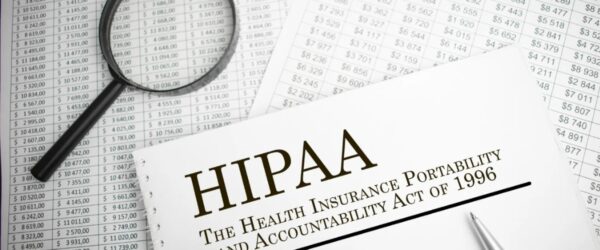February 14, 2017
5 Tips for Same-Day Endoscopy Billing for E/M Visits
- by Scott Kraft, Senior Compliance Consultant
We often see the routine, casual use of modifiers with E/M codes on a claim that already contains a procedure code on the same date. Among the most common of in-office procedures are endoscopies, particularly though not exclusively for otolaryngologists. DoctorsManagement also knows that payers are getting tougher and tougher on E/M codes being billed the same day as minor, in-office procedures. They are continuing a longstanding effort to bundle as many services as possible, and it’s essential that physicians, coders, and billers understand how to get paid for the extra work they do in these scenarios without falling afoul of bundling audits.
The most common endoscopies ENT providers are likely to consider billing an E/M with are nasal endoscopies (e.g., CPT 31231), laryngoscopies (e.g., CPT 31575), and less commonly, nasopharyngoscopies (CPT 92511. The ENT provider’s documentation becomes crucial, given how frequently these codes are reported alongside an E/M code.
This is because Medicare and most private payers classify these types of endoscopic procedures as minor surgical procedures and assign zero global days to these codes. Thus, according to Medicare’s National Correct Coding Initiative (NCCI) edits, the typical pre- and post-service work associated with the injection is considered part of the payment for the procedure itself.
Use of Modifier 25 in Medical Billing
To report the E/M, providers must append modifier 25 (significant, separately identifiable evaluation and management service by the same physician or other qualified health care professional on the same day of the procedure or other service) to the E/M code. The use of modifier 25 is a perennial favorite of payer auditors when they review E/M services.
Here are five tips to ensure your ENT providers are using modifier 25 properly and getting paid when their E/M services truly are separately reportable.
- Document need for scope. Payers expect physicians to use the indirect mirror exam first and only resort to the more invasive endoscope when the mirror exam isn’t working. Providers must document why the scope is needed on top of the mirror. All it takes is a simple explanation such as “can’t visualize problem with mirror” or “patient has a gag reflex, unable to tolerate mirror.”
- Don’t repeat the exact verbiage. Don’t repeat the same language for each note when it comes to the rationale for the endoscopy. For example, if the provider tries to save time by writing “can’t visualize” on every note, this can look suspicious to auditors, who may interpret it to be note cloning, Thompson says.
- Established patients make modifier 25 harder. An ENT provider’s note often begins with a statement like “patient is 3 months past thyroid cancer and needs to be scoped.” This is problematic because it suggests the endoscopy was planned, and the provider knew the patient was coming for the procedure. If a procedure is planned, and the problem requiring the procedure has been previously evaluated and managed, there is no case to support a separate E/M code for the visit.
- New patients more easily support modifier 25. Most endoscopies are diagnostic, meaning it’s easier to support modifier 25 and a separate E/M for a new patient. With a new patient, the E/M can be supported on the grounds that the provider had to first evaluate the patient’s problem (which is new to the provider) before deciding that an endoscopy was necessary. Still, this picture must be painted by the documentation.
- Significant or separate? A good rule of thumb is asking whether the E/M code addresses something significant or separate. The E/M is separate if it describes work that addresses a problem that is significant, separate, and unrelated to the problem being addressed by the procedure (for example, a hearing problem managed in the same visit as a throat problem).
Learn More About Medical Billing Best Practices
Interested in learning more about the guidelines for using modifier 25? Understanding the appropriate use of modifier 25 will ensure you file the correct claims and receive the correct payment. Reach out to our team of medical practice consultants to learn more about how we can help with coding and billing.
— Scott Kraft, CPC, CPMA ([email protected]). The author is an Auditor and Consultant at DoctorsManagement.

























